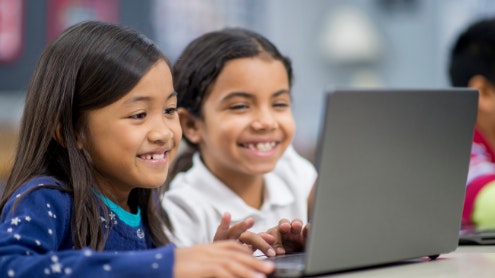Homepage
•
Learning Library
•
Blog
•
Telling Immigrant Stories in Virtual Reality
Expand breadcrumbs
Expand breadcrumbs
- Learning Library
- Blog
- Telling Immigrant Stories in Virtual Reality
- Homepage
- •
- Learning Library
- •
- Blog
- •
- Telling Immigrant Stories in Virtual Reality
Telling Immigrant Stories in Virtual Reality
By Nicole Krueger
January 26, 2022








